A look back at why EPA’s rollback doesn’t hold water
In January, the administration released its final new rule establishing the reach of the Clean Water Act. If this rule survives court challenges, the landmark federal law protecting our nation’s water from polluting activities will cover fewer waterbodies than at any time since 1972.
The new rule will not safeguard wetlands unless they are adjacent to a river, removing protections for the many wetlands supplied by underground source water, such as the prairie potholes of the upper Midwest, high mountain fens, and the playas of the southern plains. The new rule will also not protect “ephemeral” streams, which flow only after rainstorms.
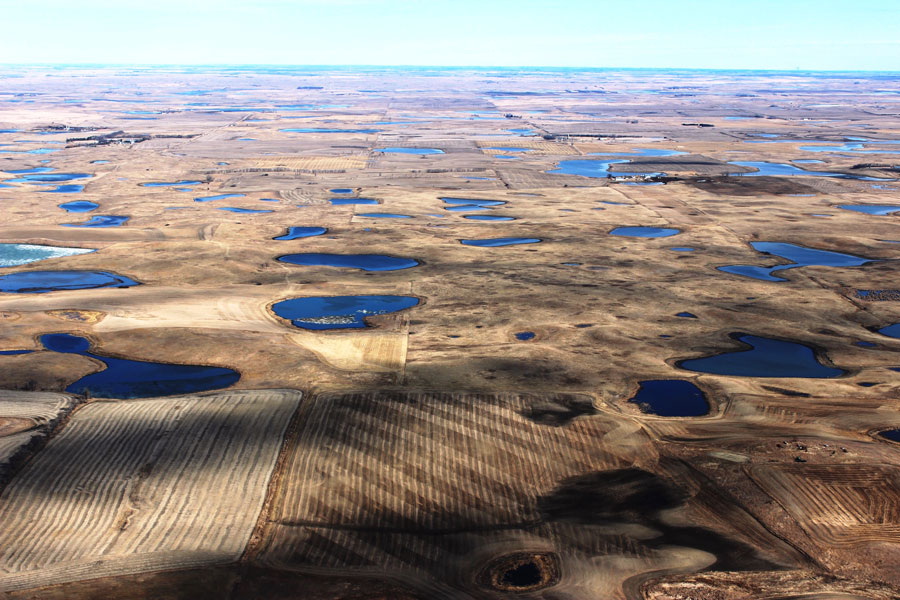
The Backstory
The 1972 Clean Water Act responded to catastrophic pollution in the 1950s and 1960s, like the Cuyahoga River burning and Lake Erie being declared “dead.” The law replaced a 1965 federal statute that had given states the lead in fighting water pollution. While states are closer to problems and know the local value of a waterbody better than a federal agency in Washington, D.C., states simply did not have the resources or political will to stop the powerful interests responsible for the most damaging pollution.
So, Congress imposed a comprehensive framework to clean up America’s waters. The newly created Environmental Protection Agency and the U.S. Army Corps of Engineers became the first line of defense by policing activities that discharged pollutants to rivers, streams and wetlands, although states were given the option to assume these permit programs if they could demonstrate they had the resources to do so. Meanwhile, states continue to set water quality standards, subject to federal approval, for their rivers, streams, and lakes, while the EPA established nation-wide “technology” standards on an industry-by-industry basis.
Finally, to ensure all parties had incentives to work towards better water quality, Congress appropriated billions of dollars to states for revolving funds to make loans to local governments for the construction of modern wastewater treatment facilities.
Over the decades, this strategy proved spectacularly effective. Our waters are substantially cleaner that in 1970 thanks to the Clean Water Act.
To be sure, every state still has its list of “impaired” waters, most of which are polluted by runoff from agriculture, abandoned mines, or urban development. The law requires states to adopt plans that move these waters towards better quality. Congress provides Section 319 funding to incentivize the implementation of measures that can minimize or eliminate polluted runoff.
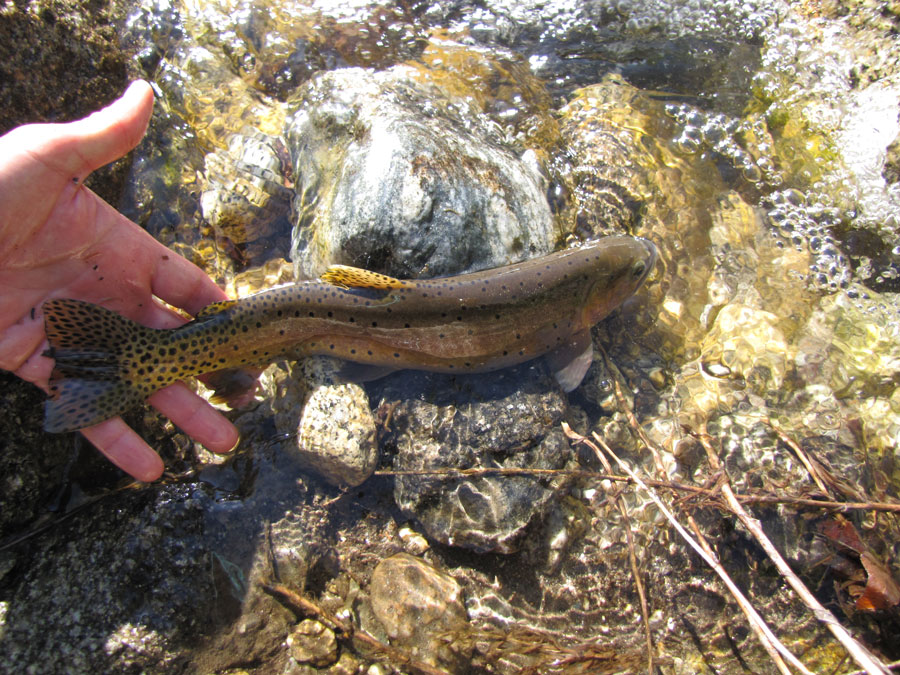
Looking Ahead
Why is this history important? EPA and the Corps of Engineers argue that their decision to stop protecting many streams and over half of the country’s remaining wetlands is justified because states can and should have this responsibility. They assert this rationale while acknowledging that states currently have neither the programs nor the funds to protect all these waters, especially without the substantial federal investment of the last 48 years.
The federal agencies claim that if these water resources are truly important, states will pass legislation to create new programs and impose the new taxes or fees needed to support them, so that they protect their no-longer federally protected waters and wetlands. And if states don’t, then too bad.
“Too bad” is not responsible clean water policy. Congress acted in 1972 for a reason.
The EPA’s rollback gives the nation a choice: do we really want to lose the clean water gains of the last half century, standing by as activities pollute or destroy the wetlands that support the country’s waterfowl, the headwaters streams that nurture our trout and salmon, and the desert washes that sustain entire communities?
If not, hunters, anglers, and everyone who values these precious water resources will need to organize a massive grassroots campaign. Either we must convince Congress to clarify that the Clean Water Act is intended to protect these water resources or—if Congress refuses to act—we must work to ensure all 50 states have the resources and political will to take over this awesome responsibility.
Failure can simply not be an option.
Top photo: BLM Oregon via Flickr

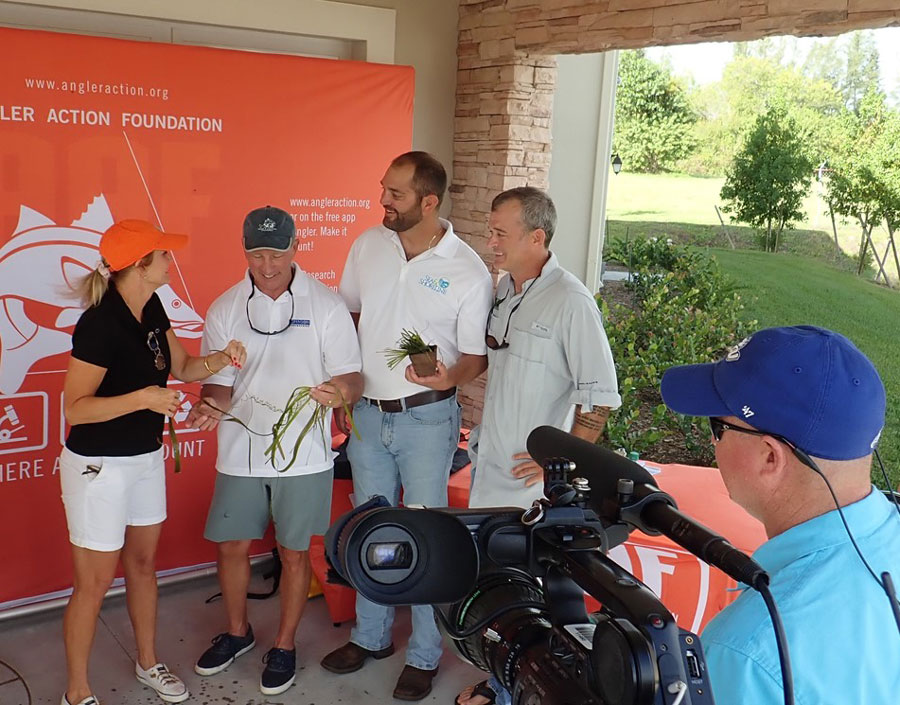
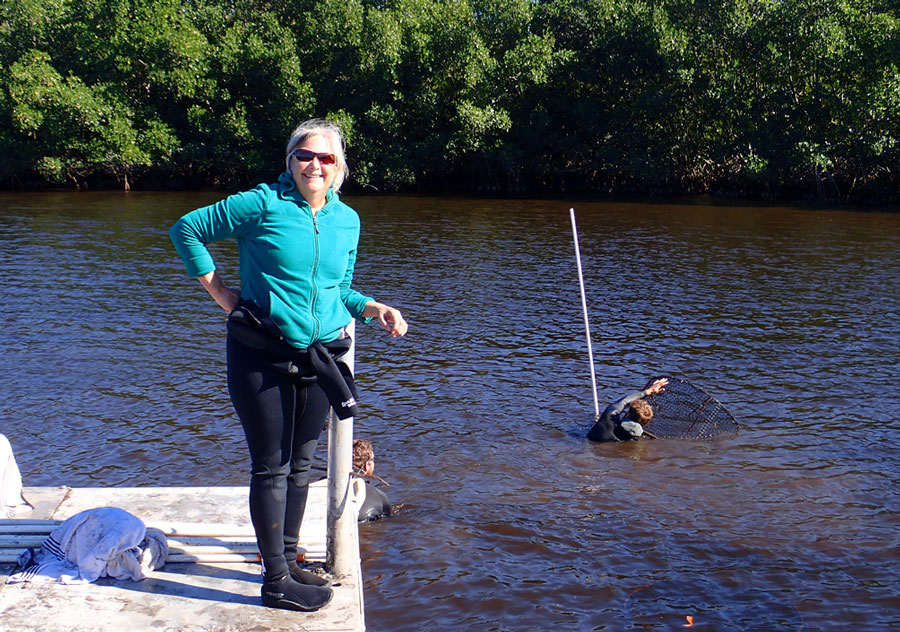
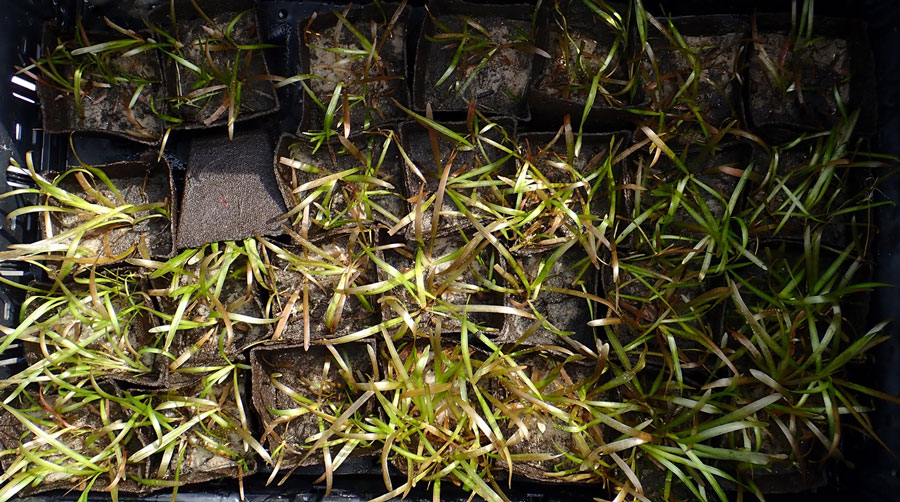




This is a short sighted and obviously political move by the administration, bowing to special interests with clout and money who seek personal gain, regardless of the consequences. The downstream effects of this ruling will be catastrophic in many cases irreversible, perpetrated by those who think their personal interests outweigh those of the greater public.
States such as S.Dakota whose primary industry is agriculture will NEVER have the political will or courage to really address pure water issues because to do so would be political suicide in confronting the ag community – this is the reality. Only the feds can make a difference and if the courts don’t stop this rollback then we are headed back to the seventies!
Sadly, if we are counting on “The Feds” to do anything contrary to what the autocrat who currently occupies 1600 Pennsylvania Avenue. Drum roll!!!! We’re out of luck! All of the sportsmen and NRA members who voted for that residency just might need to examine where your true heart lies. Mine does not lie in a fracking field, polluted Bristal Bay nor durty water. We need to wake up!
Make that dirty water…
Another example of the Trump administration’s all out assault on the air, land, water, and wildlife of America. By the time they are done with their destructive actions our country’s wonderful natural resources will be in shambles. If you are a person who spends time in outdoor activities you can kiss them goodbye, because this administration does not care. Every person in America that cares about our air, land, water, and wildlife must vote for politicians who will protect and defend our resources.
If we expect change, it’s up to us. No matter how bitter the pill we need to replace the current occupant of the White House(our house) with someone who cares more about the shape of things for us and the world we live in and less about his personal profits. That’s it folks, simple as that…VOTE in November.
Any thought that my state would take up slack in Federal protection of streams is a pipe dream. Prior to 1972 the river I grew up alongside was destroyed by acid mine drainage and the native brook trout creek of my youth was ruined forever timbering roads built-right in the stream bed. In recent time, the wild rainbow trout stream where I was a riparian owner for 37 years was badly damaged by effluent from a state trout rearing facility and sediment resulting from Div. of Highways uncaring maintenance of road ditches and culverts. Right now stone is being mined from S. Branch Potomac River in Petersburg, WV .Some claim this is under direction of Corps of Engineers to deepen channel above a highway bridge and along a flood protection wall. This “project” has been under way about a year and a half , appearing to be without supervision, creating a horrible eyesore and a continuing source of sediment for downstream. State Dept. Environmental Protection is aware but apparently doing noting. State interes and protection of streams; are you kidding?
While I am not in favor of the rescinding of the rule, I do feel that we as conservation minded individuals have blown a bit our of proportion. For starters, the second sentence of this article is entirely disingenuous as protections have been the same since 1972 aside from the rule put in place in 2015 (so its been different for 4 years). One problem with the last rule was that the majority of isolated wetlands were exempt anyways to due to lack of any evidential ground water influence. Additionally it included roadside ditches as jurisdictional waterways, which im my opinion should not be under the jurisdiction of the ACOE. I will not argue that roadside ditches, for the majority, do in fact make there way to some sort of legitimate waterway, but the primary pollution from these sources are from highway salting, brake dust, and tire debris – none of which are restricted or are hardly regulated. Existing agriculture was also exempted and therefore is also not a valid argument. If anything the last rule itself did not provide as much protection as it initially intended therefore redefining it may very well create opportunities for citizens of each state to demand higher protections for there waterways. I do not feel it should be the requirement of the federal government to take a stand for the people, instead we should be the ones taking a stand for ourselves.
The Clean Water Act must remain the way it’s supposed to be because we cannot allow it to become dirty because that is not safe and it will make us and other animals sick and kill us which is why we must remove Trump and his administration of death.